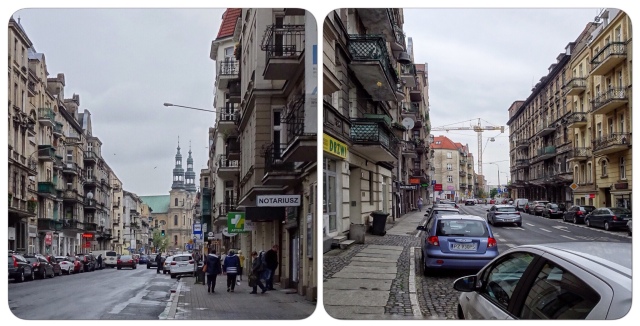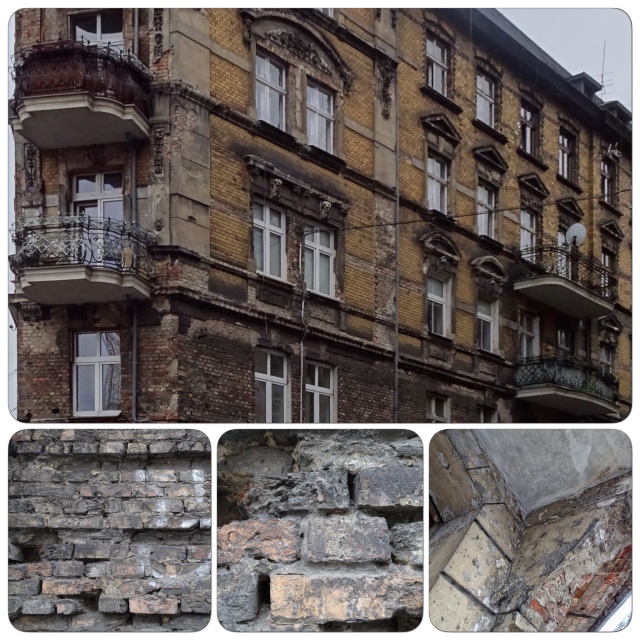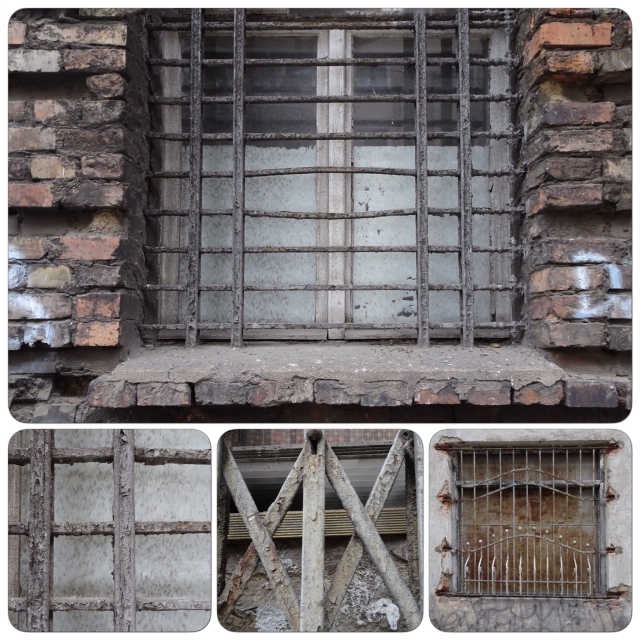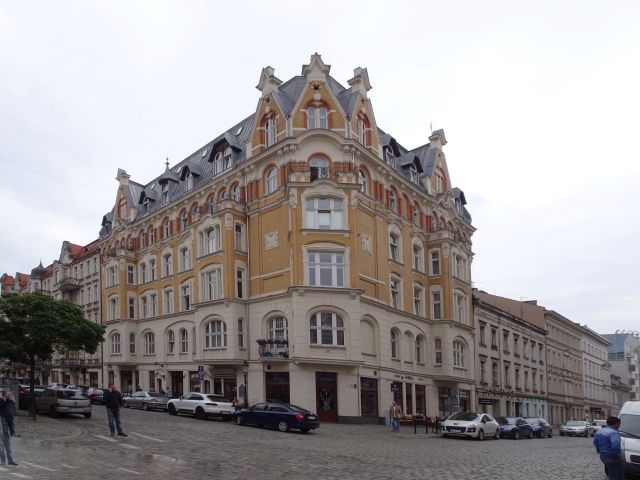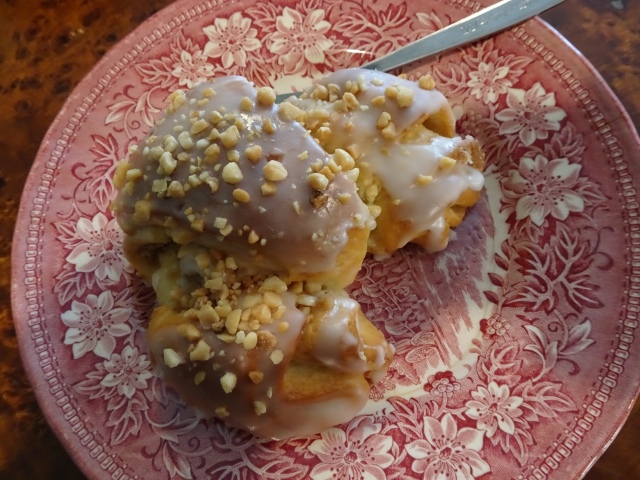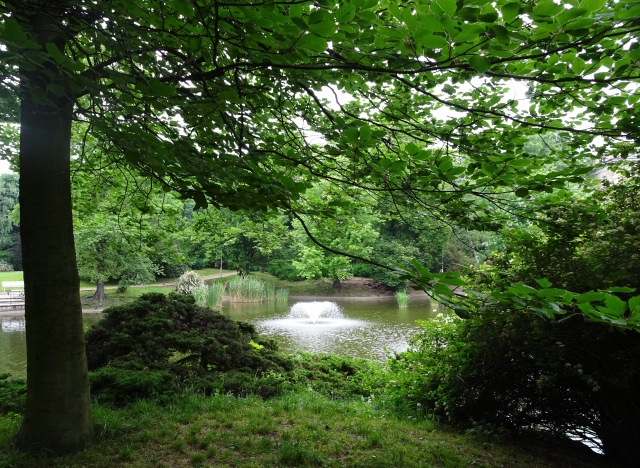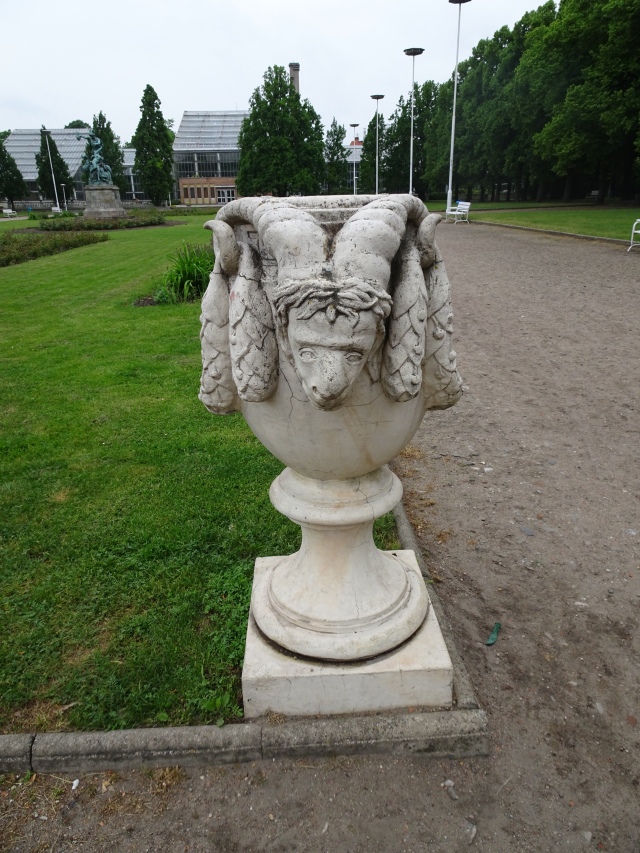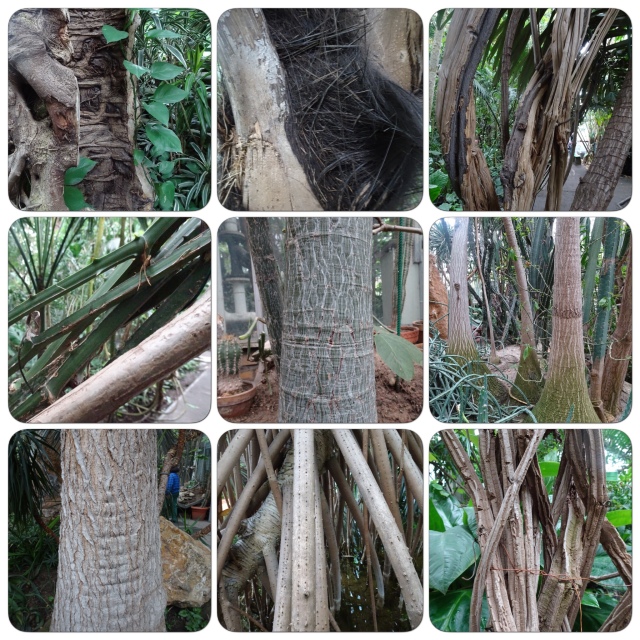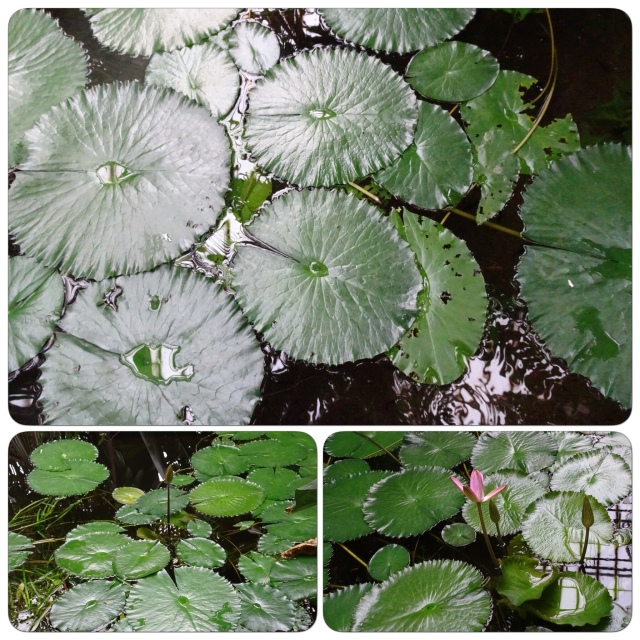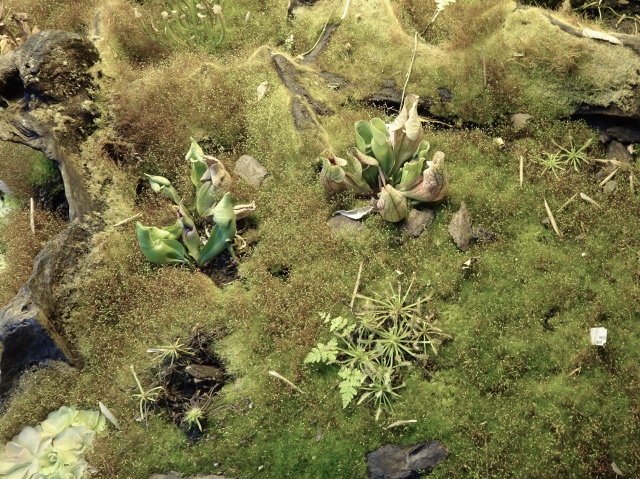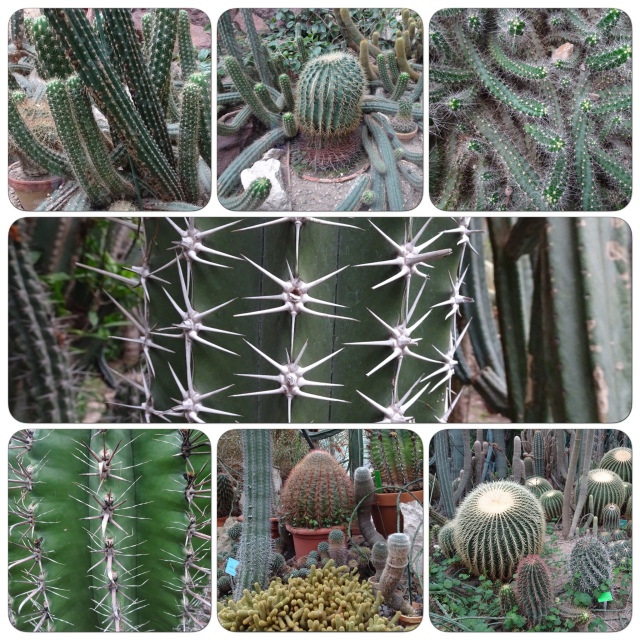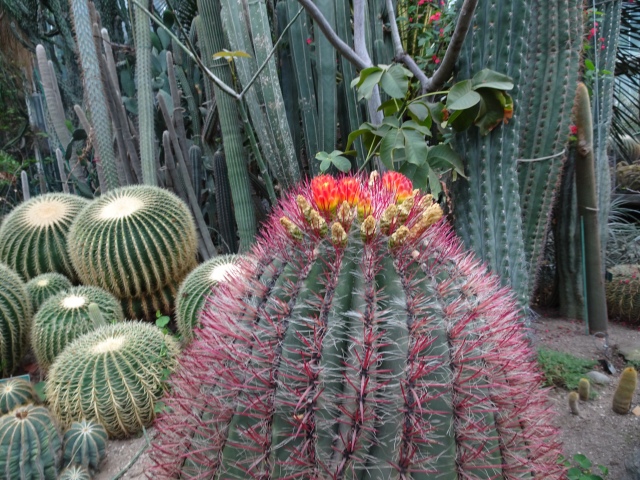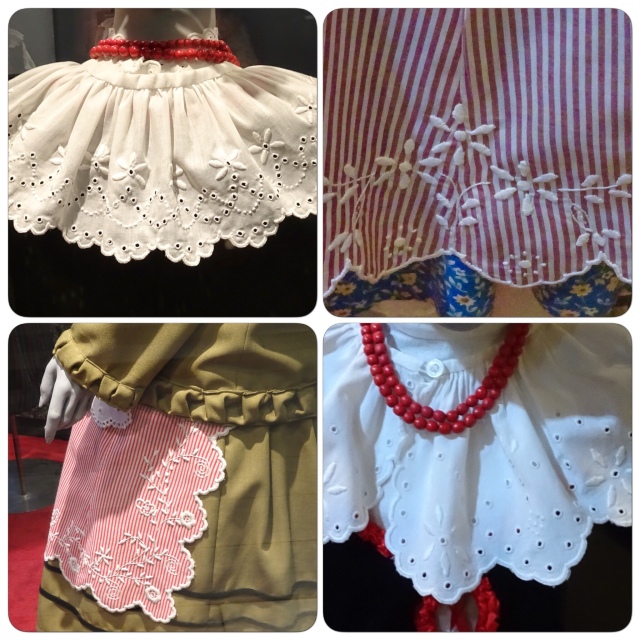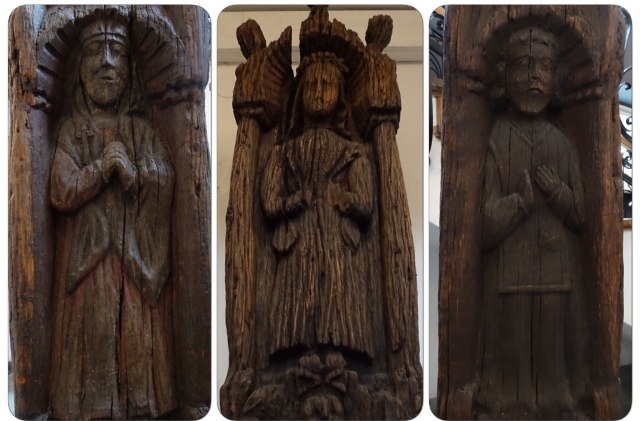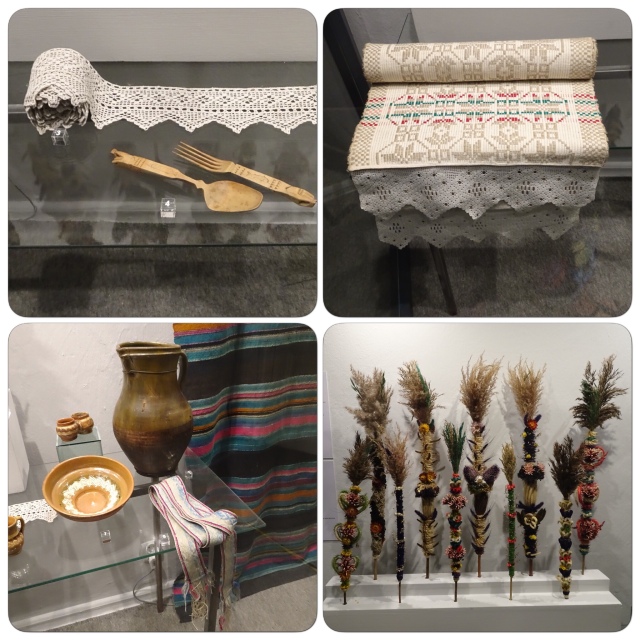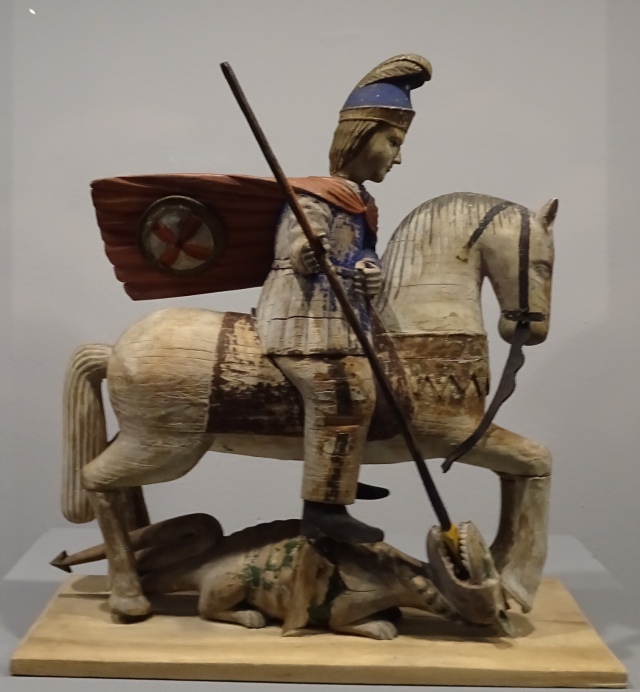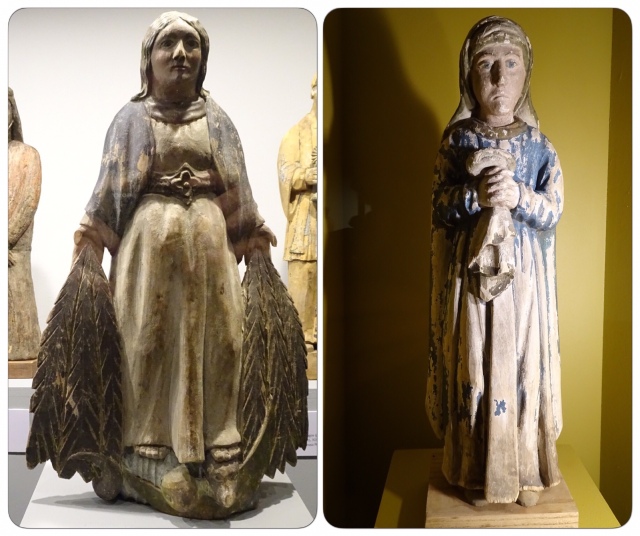Intentions create themselves: the three-and-a-half hour train journey between Warsaw and Poznań deconstruct into silhouette and line, becoming what Cathy at wanderessence so aptly called “intentional noticing”.
I’m always surprised by the flatness of the Polish landscape on this route. It sometimes gives the completely horizontal Hay Plain in western NSW a run for its money, and provides the perfect venue for silhouettes to pose against a dull morning sky.
The delicate tracery of cranes. Towering, tapering brick cylinders and chimneys. Apartment buildings emerging, rectangular prisms, from the horizon. Birds in flight, some flapping energetically, others merely coasting. Electricity towers, arms open to embrace the wires connecting them. Frameworks of buildings, windows to the sky. Black shapes of untidy nests in bare trees. A thin red and white striped tower with a narrow ladder crawling up its side. A willow tree on a raised island in a ploughed field. Smoke coiling up from a backyard fire. Brick turrets, square and conical. Trees outlined from the ground up by mist. The red-tipped arms of turning windmills: a flock of them pacing the landscape. Neat silo cylinders, concrete and silver, arched concrete bridges, piles of containers. Briefly, a low line of hills. A procession of thin trees. A big oblong truck against the clouds.
Always churches, claiming the highest point in any town – a grand brick church, main spire green, flanked by two smaller spires; a low gracefully squat church with one humble beautifully proportioned spire; an onion dome above a grove of trees
However, it’s not only silhouettes I notice. The greening fields and farming activity of spring draw my attention to line.
Furrows, freshly ploughed; plantings a few inches high separated by a narrow, shallow trench of earth; irrigation channels; rows of fruit trees; the straight trunks of plantation trees; the neat lines of hedges; the tidy pyramids of round hay bales; the straight edges of an oblong dam; cows grazing along a waterway; an avenue of tees leading to a farmhouse. Cars, and once a man a woman and a dog, waiting at a crossing; the gravestones in a town cemetery; palettes piled in a yard; a yellow house with orange diamonds; men rolling hay bales and a man a woman and a wheelbarrow in alignment.
I’m going to Poznań to visit a friend who lives in a village on the outskirts. The transition to bus 1 is simple, just outside the railway station. I miss the bus 2 connection, and the next one doesn’t come for two hours. I find two helpful women in the nearby garage, one who knows buses and only speaks Polish and one who doesn’t know buses but speaks English. Between them they direct me to another bus to Anna’s village. But nothing phases me these days. When I see a taxi, I hail it and give the driver double the fare in sheer gratitude when he deposits me in exactly the right place.
My reward? A lovely few hours with Anna and ten-month-old Hannah, who grins at me immediately and giggles inexhaustibly at a game of “Boo.” I’m glad. By the time I see her again I’ll be incomprehensible.
The journey back to Poznań is straightforward, as is the entrance to my apartment despite two codes and a key. I climb the grand staircase grinning still. The taxi driver spotted my address card when I was fumbling around looking for it, played dance music to which he gyrated, grabbed my knee, and said “I love you, I love you, I love you” as I got out of the cab. I did not tip him.


